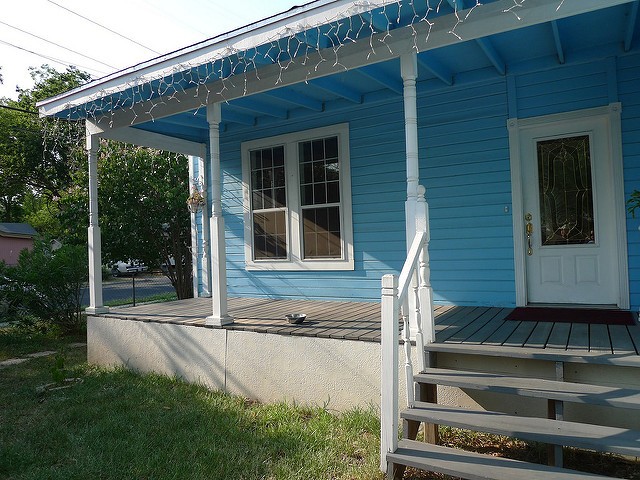Many rent to own investors buy homes that are in bad condition but located in good neighborhoods. With a little tender love and care, many of these homes are successfully flipped and lease-optioned for a handsome profit.
However, not every property in poor shape is worth your time or money. It’s important to give a property a fair assessment before you invest heavily.
Look at Comparable Houses
Consider how much you’re purchasing the home for, what the cost of repairs will be (time and money) and how much you want to make as a profit. Then, look at comparable homes in the area.
Ignore what people are currently asking for, instead focus on the homes that have sold. What have nearby houses with similar square footage sold for recently?
Don’t expect a miracle in which your investment sells for much more than that. In fact, the most you’ll get is 10 – 15 percent more if you add some major upgrades.
Realistically, consider the projected sale price and subtract the amount discussed before for purchase, repairs and profit. If the number is negative, this is normally a bad investment. If it is positive, this could be successful if all goes according to your plan.
That’s the typical mindset when you flip properties and immediately sell them. When you factor rent to own into the mix, you have a little bit more wiggle room in judging how successful your investment will be. The rent that you earn from the buyer/tenants can supplement your profit margin and can turn a bad investment into a decent one. Just modify your addition and subtraction to include what you earn from monthly rent payments.
Think About Area Trends
Also, look at comparable sales from several years back (somewhere between 5 and 10 years is the sweet spot).
Have the value of homes been increasing in this area? Try to figure out why. Are prices increasing nationally? Are new amenities and conveniences being built in this area?
If the area you’re looking at is increasing, while the nation is remaining the same or decreasing, this is likely a good investment property. If it’s increasing with the rest of the country, you may want to consider booms and busts, which are applicable factors in any investment property you purchase.
It’s difficult to predict when property values are at the top of the bubble, which is the worst time to purchase an investment property. And the bottom of a bubble is the best time to purchase an investment property.
Mind you, if you follow the booms and the busts, it will keep you from investing for long stretches of time. If you want to consistently invest, just note that the best time to sell is at the top of the bubble, and, consequentially, the worst time to sell is at the bottom of the bubble. Even if you buy at the top of a bubble, it could be a good investment, you just need to time the sale properly. Don’t buy a property at the top to then sell it at the bottom.
Time your investment and use the strategies (flipping, sales, renting to own and renting) in the best combination to earn you the biggest profit.
Consider the Necessary Repairs
Homes that require cosmetic repairs are a lot less expensive to fix up than homes that need to be completely gutted.
Look at the repairs that need to be made on the property and increase the cost of making them by 5-10 percent to make up for unexpected costs. Compare that to the amount of money you can make from the property.
You might find a very cheap home in a great neighborhood, but the cost of repairs could raise your price far beyond what any bank will approve for a buyer’s mortgage.
Deciding Whether it’s a Good Investment
Most investors will tell you that if you can make back 30 percent of the after-repair value of the property, you’ve made a good investment. To get this:
- Do your math. Make sure that the comparable properties and estimated costs of repair will get you into the 30 percent profit range.
- Aim to buy at the right part of the bubble. Otherwise, rent until you can sell at the right time of the bubble to make this kind of profit. If you lease-option the property at the bottom of the bubble, set the purchase price to the value of the home at the time of purchase. On the other hand, if you’re at the top of the bubble, you may be better off selling the property outright instead of lease-optioning it.
- Purchase ugly properties that have a good structure. A lot of structural repairs will cost you a lot of money in repairs. Instead, focus on properties that have an ugly layout and landscaping. If updating kitchens and bathrooms, opening the floor plan, painting or adding to the greenery is all you need, you’re in a good spot to make money from these relatively inexpensive repairs. Should the property need new roofing, plumbing or anything like that, these are more expensive repairs that bring you closer to a bad investment property. Analyze the costs wisely before buying a property you know has these issues.
